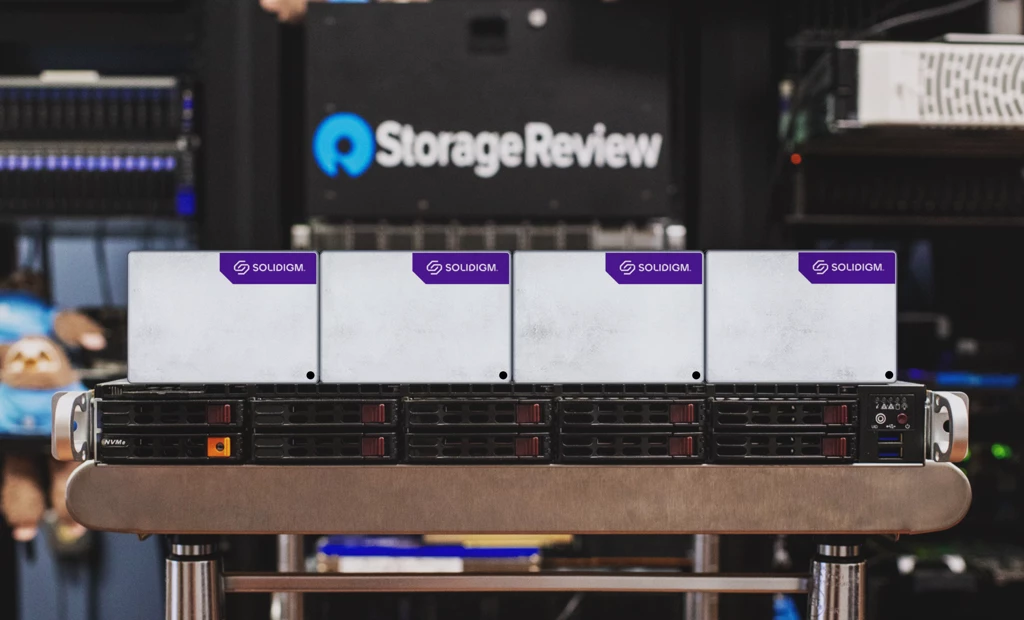Dense Storage from Solidigm™ Enables More Responsive Content Delivery Networks
Summary of Storage Review Article by Brian Beeler
High-capacity storage isn't just for data centers. It's powering content at your fingertips, faster and more reliably than ever. Content delivery networks (CDNs) need more than a fast network, especially at the edge. If every request had to go back to the host site for a refresh, accessing content would be inefficient and slow.


The optimal solution is a storage system to process and store data close to the customer. The limiting factor? The system needs massive storage capabilities and a high-performance server that can rapidly pull information from the cache and deliver it without delay. And all of this needs to be done while balancing both performance and cost.
Customer example: Varnish Software
Varnish Software is able to address these storage challenges by partnering with Solidigm. Today they are using 30.72TB SSDs but they will see even more upside once they enable the 61.44TB D5-P5336 SSDs from Solidigm. Since CDN workloads are primarily read-intensive, QLC SSDs are the perfect balance of cost and performance for that workload. Storage Review wanted to prove this out, so they ran a number of tests to put Varnish Software and Solidigm SSDs to the test.
1. Server
In Storage Review’s testing scenario, they leveraged a single server acting as an Edge CDN Node and a single client. Their CDN node was based on the Supermicro SYS-111E-WR server with a single Intel Xeon Gold 6414U CPU. This CPU offers 32 cores and has a base frequency of 2GHz.
2. Memory and storage
They paired this CPU with 256GB of DDR5 memory and eight Solidigm P5316 30.72TB QLC SSDs. This design aimed to show what a lean deployment model can offer in terms of performance without requiring more expensive SSDs or additional CPU resources that would be left under-utilized.
3. CPU
For the client side, they used an available dual-processor platform in the lab with Intel Xeon Platinum 8450H CPUs, which is more than is necessary for this use case but provides plenty of resources to ensure any bottlenecks were either with networking or the CDN node, rather than the CPU.
4. Operating system
Storage Review’s systems were configured with Ubuntu 22.04 as the OS, and each was equipped with an NVIDIA 200Gb NIC. The 200Gb Ethernet fabric offered plenty of bandwidth for this testing scenario.
The results
In the end, Storage Review found that Varnish Software’s Massive Storage Engine (MSE) is an optimized disk and memory cache engine. MSE enables high-performance caching and persistence for 100TB-plus data sets supporting video and media distribution, CDNs, and large-cache use cases. MSE is an excellent fit for companies where high-performance delivery of large data sets is critical.
With the high-performing MSE, the cache remains intact between restarts and upgrades, preventing expensive and time-consuming cache refills. This provides rapid retrieval and helps avoid network congestion following a restart. The latest generation of MSE (MSE 4) allows for the graceful failure of disks, enabling persistent cache footprints to resume operation automatically after disk failure is detected.
For more information or to review the full solution test please check out Brian Beeler’s article from Storage Review.